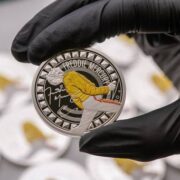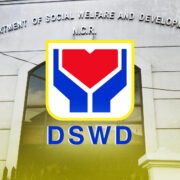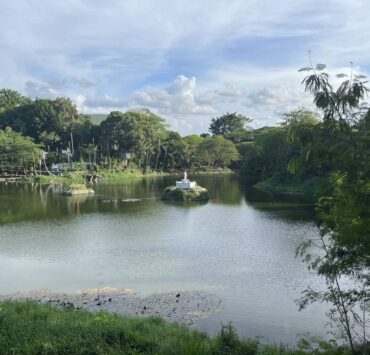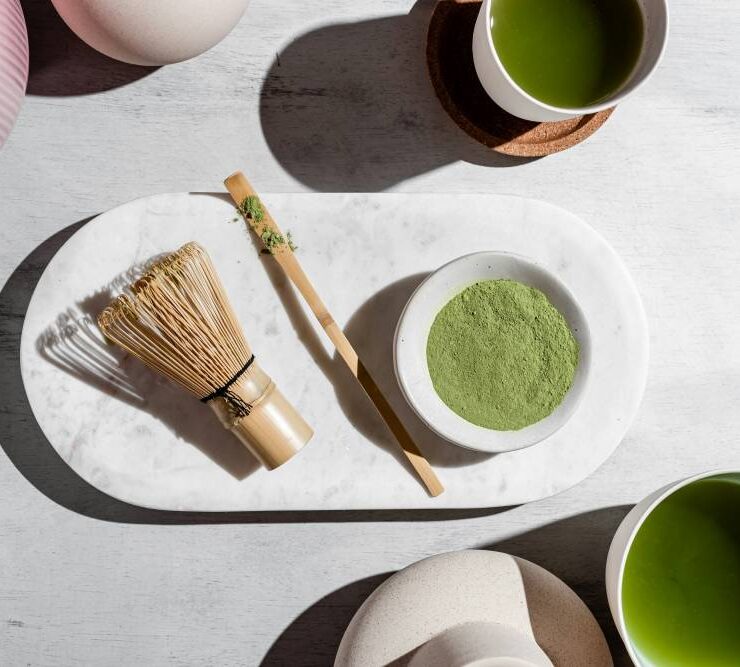Malolos bets on heirloom dishes to boost food tourism
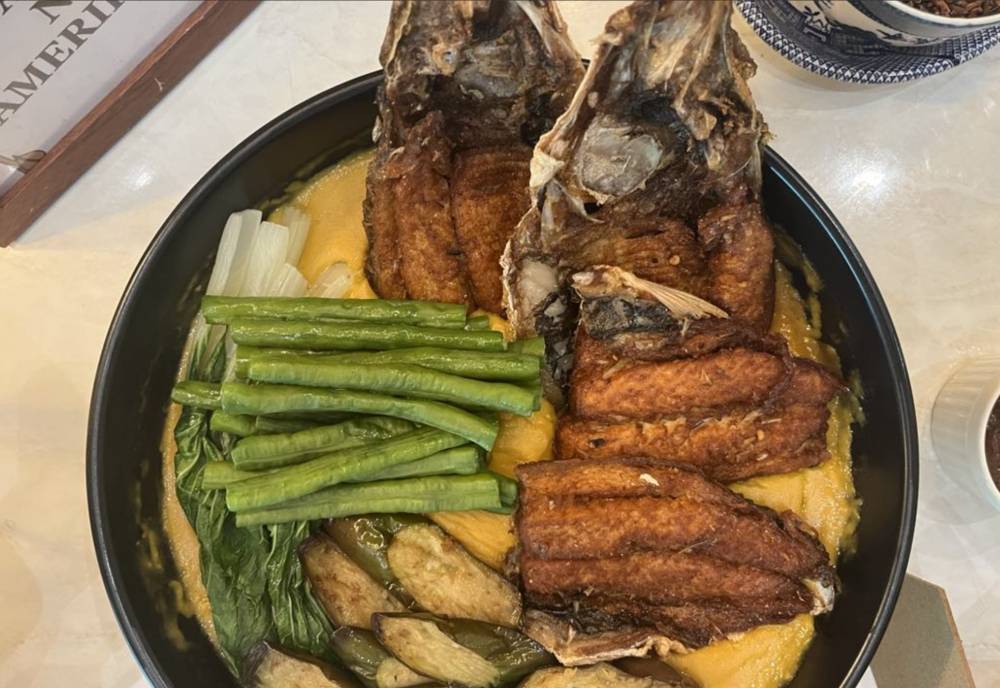
To augment its tourism capabilities and promote its identity through local intangible cultural assets, the city of Malolos in Bulacan is now banking on its heirloom dishes to boost heritage-based development.
It is a way to launch the food tourism of the city not only in the province or the country, but internationally, said Rommel Santiago of the Malolos Tourism Office in his speech during the one-day conference “Huntahang Pamana: Kaluto, Sining, Kultura at Turismo.”
This event, held at the E-Library Building of the Bulacan State University, highlighted the city’s food culture from the precolonial period to present.
Presenters included Roly Marcelino of the city’s tourism office, Neneth Madrona of Lutong Kabundukan in Doña Remedios Trinidad town, food historian Jaime Corpuz, this writer, cultural worker Richard Ramos, Ferdie Talbenito of Bistro Maloleño, and chef Jose Miguel Melchor of the Philippine Culinary Heritage Movement.
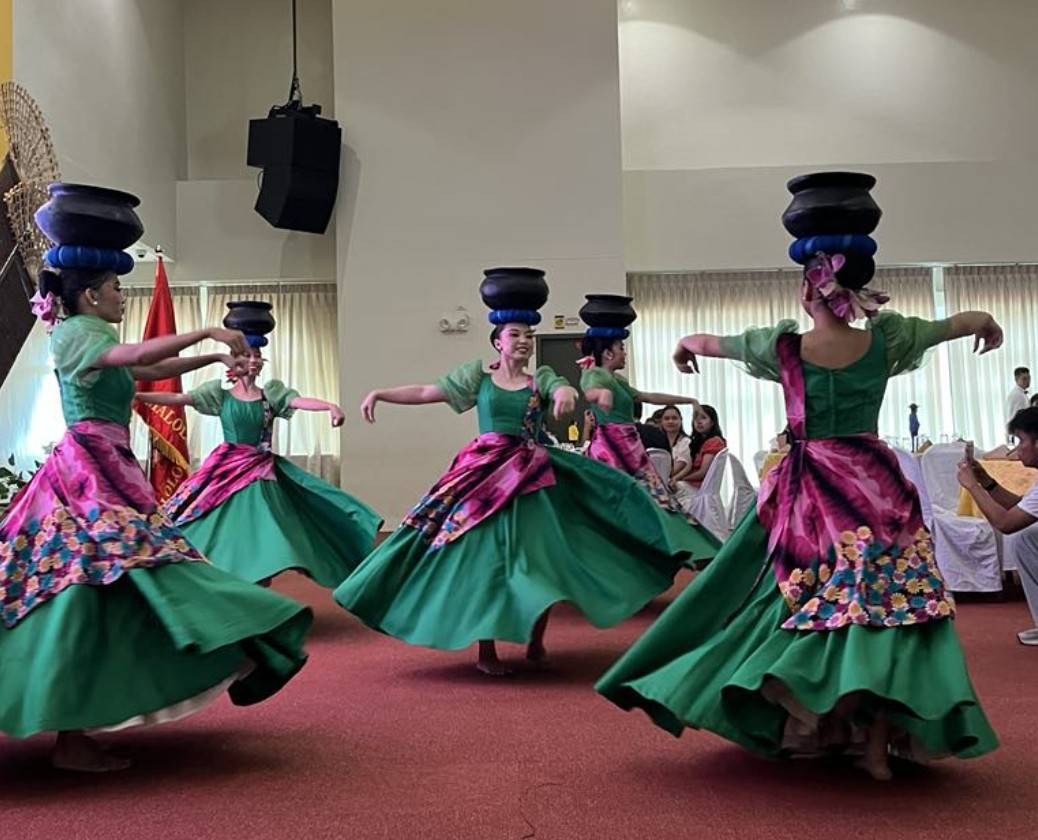
Santiago said the culinary push of Malolos will come from a consortium of different stakeholders such as the academe, business owners, food industry, and the local government.
According to Corpuz, the conference is the start of the realization of the Sentrong Saliksikan ng Kalutong Maloleño, the first studies center in the country devoted to the research, safeguarding, and promotion of Philippine cuisine.
Apart from Corpuz, two of its other initiators are Talbenito and cultural worker Marichelle Bernardo. They are already planning and developing the center’s five-year plan.
Some of Malolos’ heirloom fare as well as contemporary ones were exhibited during the conference, with participants partaking of the culturally and historically rooted dishes.
Dishes from history
The dishes were curated depending on the time in history they first appeared: olden days, Spanish Period, the revolution against Spain, American era including Commonwealth, Japanese period, liberation, and postwar, during the first Edsa Revolution, and contemporary.

These included inihaw na bangus na may alagaw, pinangat na isda, and kilawin from the olden days; puto karamba or okoy and hamon Bulakenya from the Spanish period; nilitson na manok sa saha and tinolang manok from the days of the revolution against Spain; and kare-kareng bangus and relyenong bangus during the American period.
There were adobong kangkong at talong and kapeng binusang bigas for the Japanese occupation; arroz caldong bacon at nilagang itlog, chuletas na Spam, and lumpiang corned beef during Liberation; adobong alimango of the postwar period; and street food such as tokneneng and banana cue during and after the first Edsa Revolution.
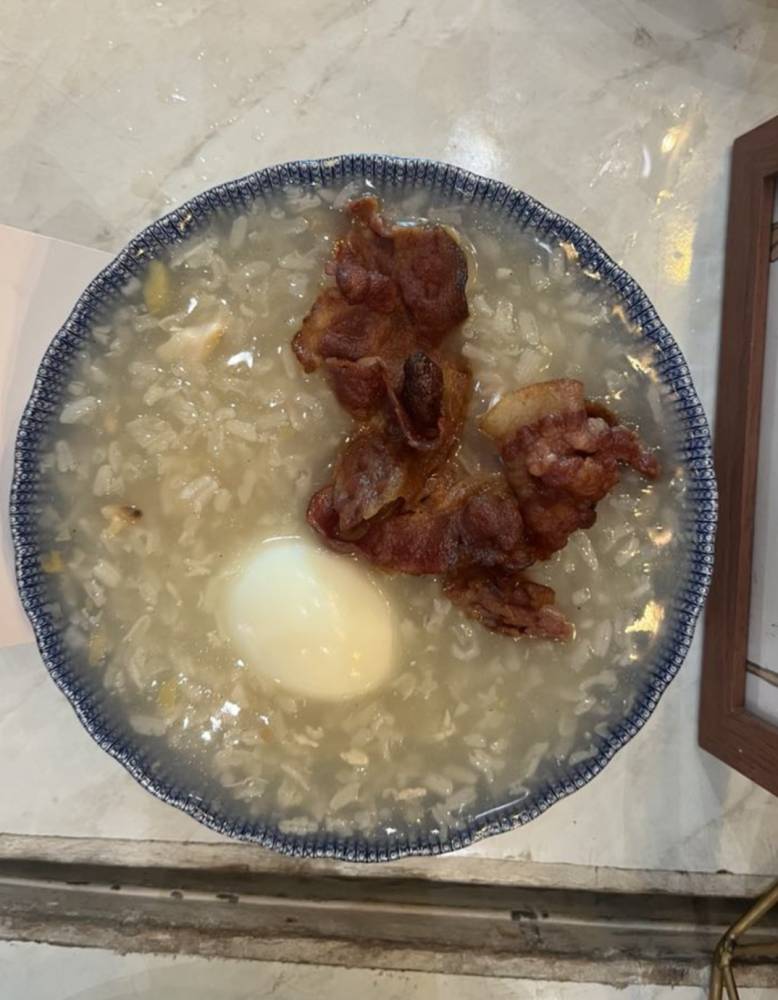
Highlighted were the favorite dishes of national heroes such as tinolang manok ni Rizal, arroz a la cubana ni Heneral Gregorio del Pilar, and nilitsong manok sa saha ni Bonifacio.
In his talk, Marcelino stressed that Malolos’ heirloom dishes reflect its topography, being located in both the plains and on the coast of Manila Bay.
In short, the traditional sustenance of its residents are agriculture-based, which are taken from the rice fields and sourced from the sea, river, and fish cages.
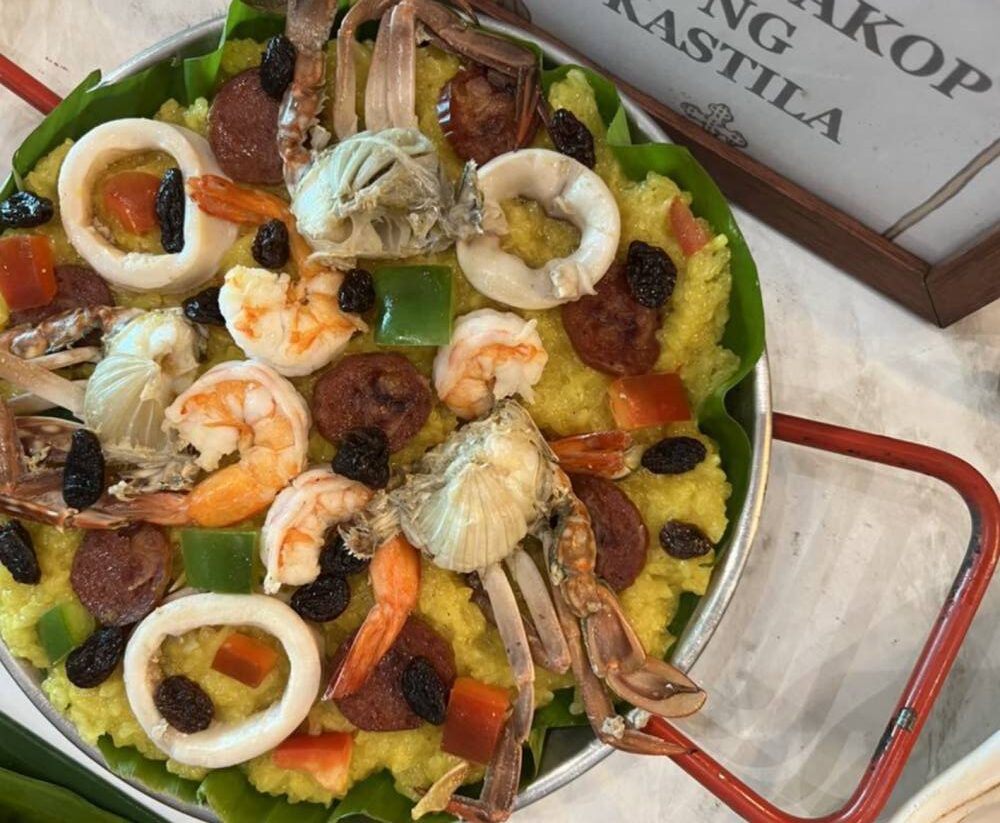
The tastes, he said, are moderate, meaning not too sweet nor too salty, as compared to other places in the country.
Marcelino said that these dishes also reflect the culture of Malolos. In fact, he said, its natural bounty is included in the city’s official seal through the images of a fish, rice stalks, and (what look like) laurel leaves.
These foods, he explained, evoke their culture, history, heritage, and identity as well as stories told and retold. “These dishes remind everyone of the stories and histories of the town,” he stressed in Filipino.










